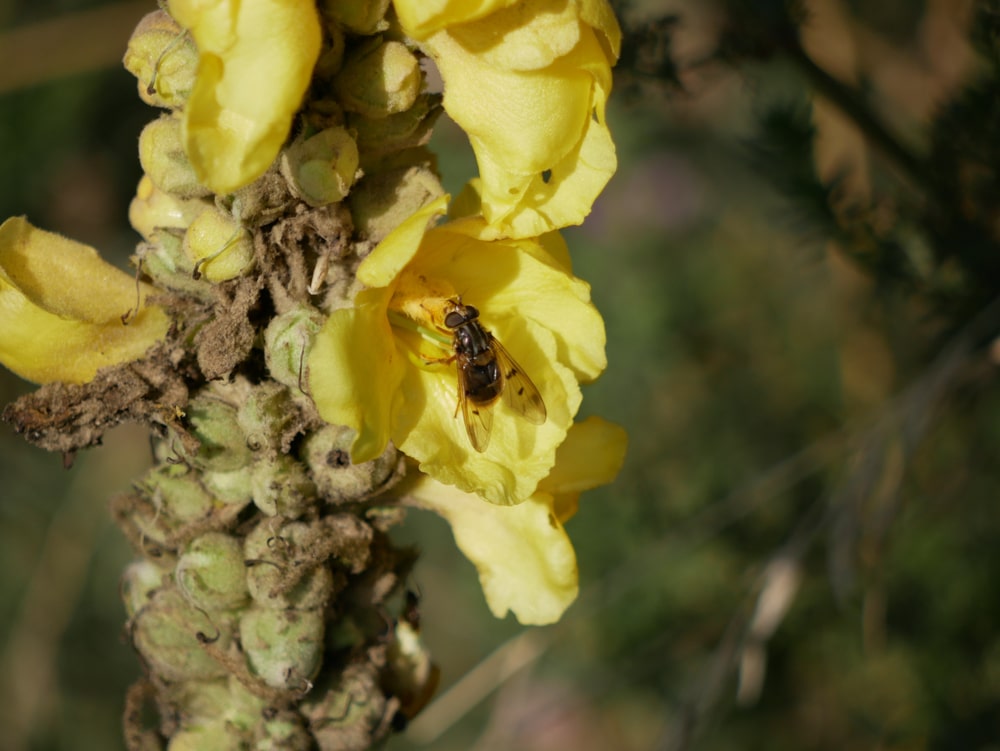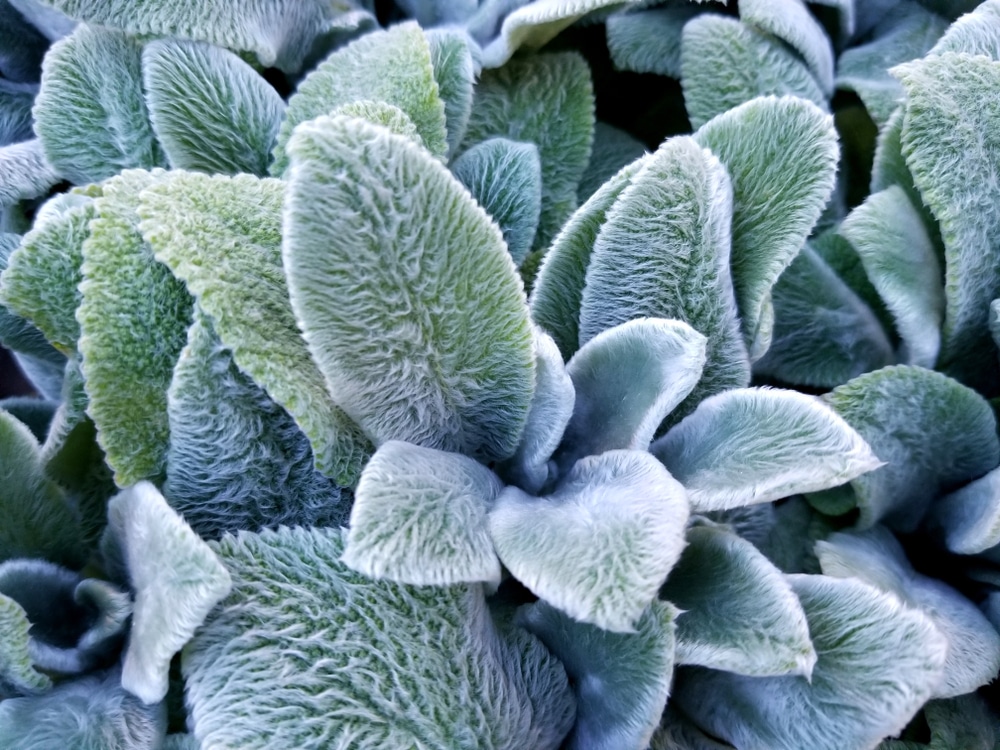Common mullein (Verbascum thapsus) grows wild across North America. Many people see it as a weed, but it has many medicinal qualities. Mullein is native to Europe, northern Asia, and Africa. It was introduced to North America as a medicinal herb by settlers. There are also a few plants that look like Mullein.
In ancient cultures, the flower got used as a medicinal herb. It treats many respiratory issues such as tuberculosis, whooping cough, bronchitis, common cough, pneumonia, and hoarseness.
Mullein can ease the symptoms of earaches, colds, chills, fever, swine flu, sore throat, tonsillitis, and common flu. Many people are returning to ancient medicinal ways and taking advantage of the benefits of using medicinal herbs.
If you have much land, you probably have some mullein! If you go out scouting for mullein, beware of some common plants that look like mullein. Some of the mullein lookalikes are poisonous, so you want to be aware of these plants!
Mullein has a long flower bud spike that produces small, yellow flowers. Not all flowers bud simultaneously. You will see yellow flowers scattered throughout the bud spike.
Fuzz covers all parts of the mullein plant. Everything but the flowers themselves is covered in this fuzz. Large, fuzzy leaves grow close to the ground, with the flower bud growing tall out of the middle of the plant.
Below is a list of some common plants that look like mullein that you want to look out for when you scout for mullein.
Foxglove (Digitalis Purpurea)
Foxglove contains a chemical that can treat high blood pressure and heart failure. However, if foxglove gets consumed directly, it can cause several health problems.
Foxglove is commonly confused with mullein because of its fuzzy texture and long flower spikes. The leaves are oval-shaped and have toothed margins. Before blooming, foxglove looks very similar to mullein because of these characteristics.
The best way to distinguish between foxglove and mullein is its flowers. Foxglove flowers bloom all at the same time and are purple. Mullein flowers will bloom randomly and are yellow. The best way to ensure a plant is not foxglove is to wait until it blooms.
Lamb’s Ear (Stachys Byzantina)
Lamb’s Ear is another plant commonly mistook for mullein. Unlike Foxglove, Lamb’s Ear is not poisonous. Lamb’s Ear has fuzzy leaves and a flower spike and is often confused with mullein.
The leaves of Lamb’s Ear are blue-green, while the leaves of mullein are sage green. This color distinction is one way to separate the two plants. Lamb’s Ear blooms all bloom at the same time and are purple. You can tell mullein apart because of its yellow blooms and lasting appearance.
Lamb’s Ear cannot survive in as hot conditions as mullein. The long tap root of mullein allows it to last in dry conditions for long periods.
Common Comfrey (Symphytum Officinale)
Common comfrey is another woolly plant that is commonly mistaken for mullein. Comfrey is not a detrimental plant. It is fantastic to have in your soil because its leaves contain phosphorus, potassium, and nitrogen.
Comfrey also has medicinal value. It gets used topically to treat skin ulcers, bruises, wounds, sprains, thrombophlebitis, and strains. However, common comfrey is not mullein, so you want to be able to tell the two apart.
Comfrey plants have dark green leaves, distinguishing them from mullein’s sage green leaves. Their blooms are purple or cream-colored, sometimes striped. Their leaves grow upright, while mullein leave grows out across the ground.
Plants That Look Like Mullein: Conclusion
Mullein is a great herb to know how to identify and use. Go out on your land and try to identify mullein! Watch out for these three mullein lookalikes when you’re on your adventure. You may also be interested in finding out more about look a like plants, there are many plants that look like Cattails.



